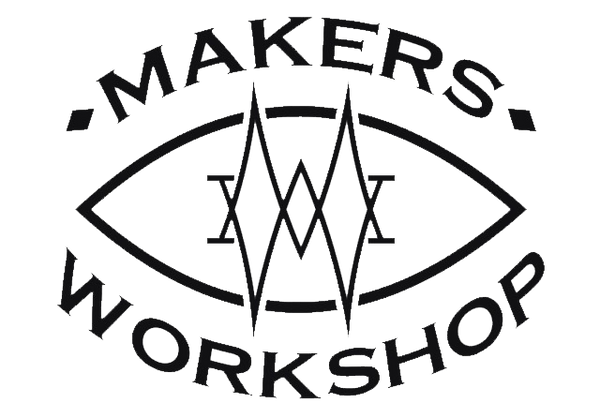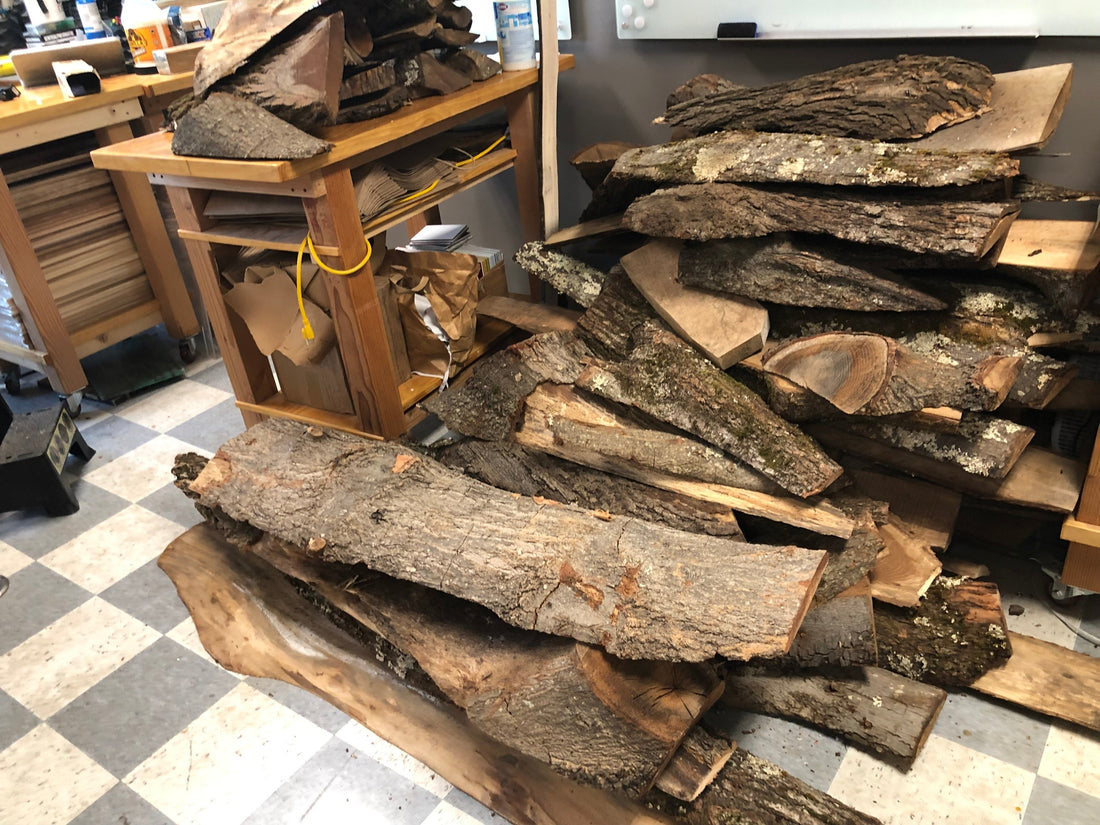When it comes to makerspace projects, one of the most versatile and cost-effective materials to work with is scrap wood. Whether you are a seasoned maker or just starting out, incorporating scrap wood into your projects can offer a multitude of benefits. In this blog post, we will explore how you can maximize your makerspace projects by utilizing scrap wood.
1. Cost Savings
One of the most obvious advantages of using scrap wood is the cost savings it provides. Instead of purchasing new lumber, you can repurpose discarded or leftover wood from previous projects. This not only reduces your project expenses but also promotes sustainability by reducing waste.
2. Creativity and Innovation
Working with scrap wood challenges your creativity and encourages innovative thinking. Since the pieces of wood may not be uniform in size or shape, you need to find unique ways to incorporate them into your projects. This pushes you to think outside the box and come up with creative solutions.
3. Skill Development
Using scrap wood allows you to develop and refine your woodworking skills. As you work with different types of wood and navigate their varying characteristics, you gain valuable experience and knowledge. This hands-on approach helps you improve your craftsmanship and problem-solving abilities.
4. Versatility
Scrap wood comes in a variety of shapes, sizes, and textures, making it highly versatile for makerspace projects. From small decorative items to large furniture pieces, the possibilities are endless. You can experiment with different woodworking techniques and explore various design options.
5. Collaboration and Community
Using scrap wood can foster collaboration and community within your makerspace. By sharing and exchanging leftover wood with fellow makers, you create a sense of camaraderie and support. This collaborative environment can lead to new ideas, inspiration, and even joint projects.
6. Environmental Impact
By utilizing scrap wood, you contribute to reducing the demand for new lumber, which helps conserve natural resources. Additionally, repurposing wood reduces the amount of waste that ends up in landfills. This eco-friendly approach aligns with the principles of sustainability and responsible making.
7. Customization and Personalization
Scrap wood allows you to add a unique touch to your makerspace projects. Each piece of wood has its own history and character, which can bring a sense of authenticity and personalization to your creations. You can incorporate different wood species, grains, and finishes to achieve the desired aesthetic.
In conclusion, incorporating scrap wood into your makerspace projects offers numerous advantages. From cost savings and skill development to creativity and environmental impact, the benefits are undeniable. So, the next time you embark on a makerspace project, don't overlook the potential of scrap wood. Embrace its versatility and unleash your creativity!

